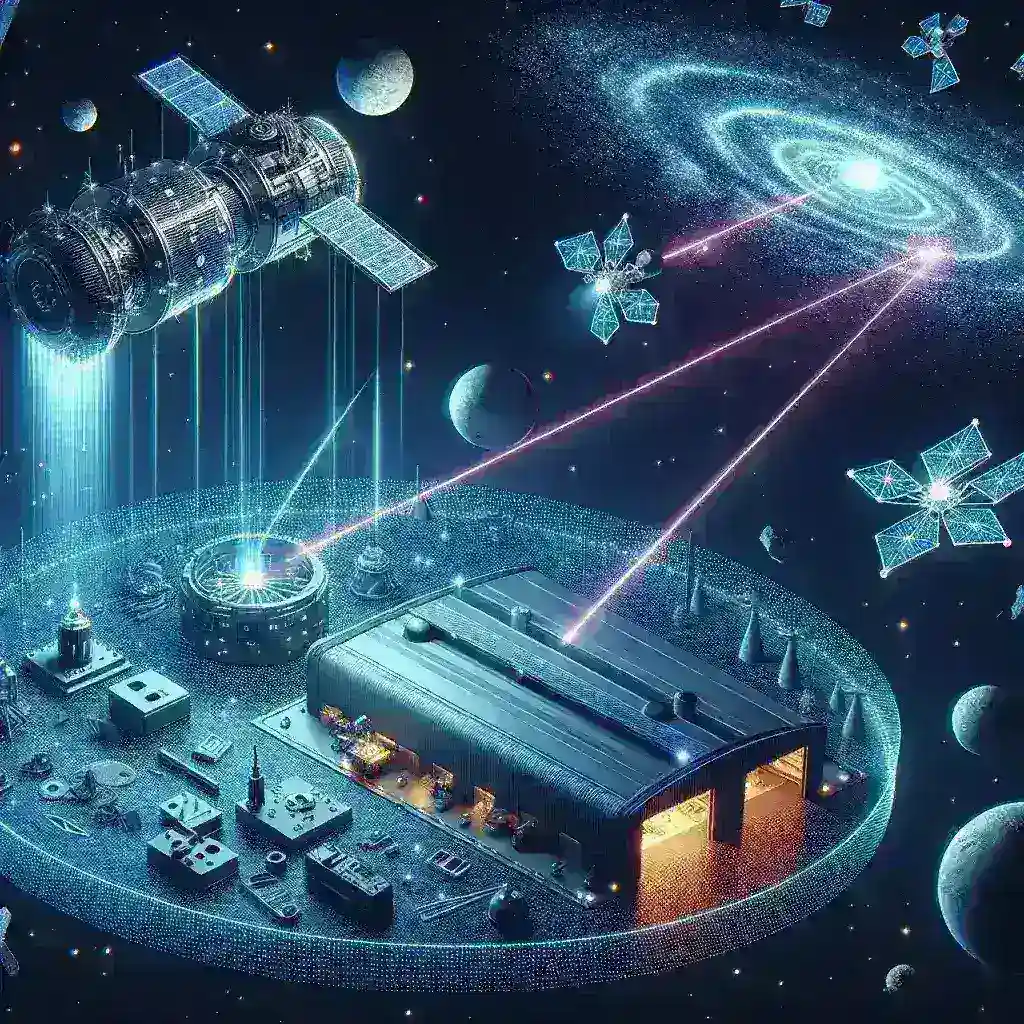Introduction
The dawn of the space age brought with it a plethora of innovations, with satellite technology at the forefront of this revolution. Today, a new wave of innovation is emerging—AI powered autonomous space factories leveraging 3D printing to manufacture satellite components. This article delves into the intricacies of how these technologies are reshaping the future of space production, enhancing efficiency, and reducing costs.
A Brief History of Satellite Manufacturing
Satellite manufacturing has come a long way since the launch of Sputnik in 1957. Initially, satellites were handcrafted, often taking years to build. The introduction of assembly lines in the 1960s and 70s allowed for some level of scalability, but the process remained labor-intensive and expensive. As technology advanced, so did the methods of production, leading to automation.
The Emergence of 3D Printing in Space
3D printing, or additive manufacturing, represents a significant leap forward. This technology allows for the creation of complex components that were previously impossible or prohibitively expensive to manufacture. By layering materials to build objects from the ground up, 3D printing reduces waste and allows for on-demand production—a crucial advantage in space missions.
AI and Automation
The integration of Artificial Intelligence (AI) into manufacturing processes takes 3D printing to the next level. AI algorithms can analyze data from past manufacturing runs to optimize designs, predict failures, and streamline production workflows. This results in lower error rates and improved output quality.
How AI Powered Autonomous Space Factories Work
Autonomous space factories equipped with AI systems can operate independently in harsh environments, such as those found on the Moon or Mars. These factories utilize robotic arms and precision printing techniques to create satellite components in-situ, minimizing the need to transport materials from Earth.
- Material Selection: Using advanced AI, the factories can choose the most suitable materials for each component based on performance requirements.
- Design Optimization: AI algorithms can suggest design alterations that enhance the functionality and durability of the components.
- Real-Time Monitoring: The factories are equipped with sensors that provide data analytics to monitor production processes and enable predictive maintenance.
Advantages of AI Powered Autonomous Space Factories
Cost Efficiency
One of the main advantages of these factories is the significant cost savings they offer. By 3D printing components on-site, space agencies can reduce the need for expensive transport logistics and materials. Furthermore, the automation minimizes human labor costs.
Speed of Production
In the competitive arena of space exploration, speed is crucial. AI powered factories can produce components in a fraction of the time compared to traditional methods. This rapid production capability is vital for missions that require quick turnarounds, such as emergency repairs or the deployment of new satellites.
Customization
The flexibility of 3D printing allows for customization of satellite components tailored to specific mission requirements. With AI, these customizations can be achieved rapidly, enabling more innovative designs that enhance satellite performance.
Challenges to Overcome
Technical Limitations
Despite the advantages, there are still technical challenges to address. Not all materials are suitable for 3D printing, particularly in the aerospace sector where strength and durability are paramount. Research is ongoing to develop new materials that meet these stringent requirements.
Regulatory Hurdles
As with any new technology, regulatory challenges exist. Space agencies are working to establish guidelines and standards to ensure the safety and reliability of components produced by autonomous factories.
Future Predictions
Looking ahead, the landscape of satellite manufacturing is poised for dramatic changes. As AI technology matures and 3D printing techniques evolve, we can expect greater efficiency and innovation in satellite design and production. The potential for fully autonomous space factories not only opens up new avenues for satellite manufacturing but also holds promise for the colonization of other planets.
Conclusion
AI powered autonomous space factories utilizing 3D printing technology represent a transformative shift in the field of satellite manufacturing. By harnessing the capabilities of AI, these factories can produce high-quality components faster and more efficiently than ever before. As we continue to explore the cosmos, these innovations will play a crucial role in shaping the future of space exploration and technology.

Leave a Reply